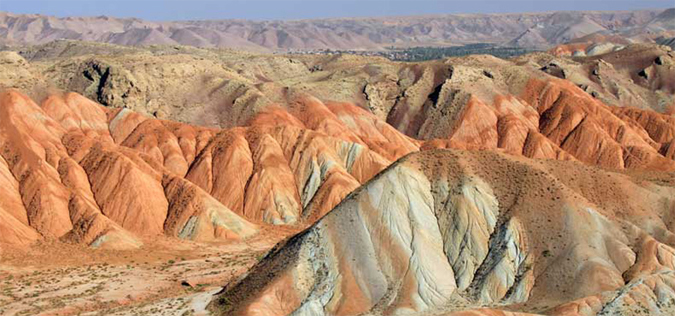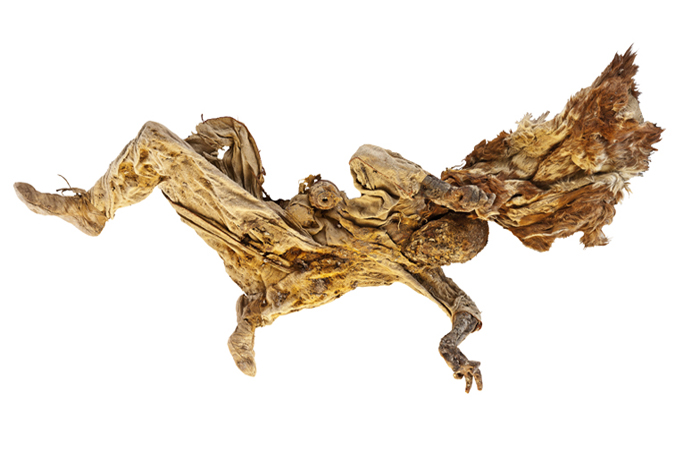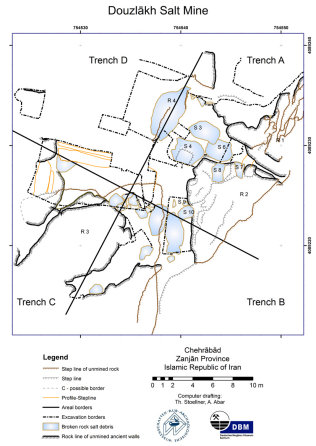The Salt Men of Zanjan
Contact: Prof. Dr. Thomas StöllnerMail: Thomas.Stoellner@rub.de

!! New special exhibition at the German Mining Museum !!
(virtually accessible)
For further information see:
https://lisa.gerda-henkel-stiftung.de/salzmumien
https://saltmen-of-iran.com
International Chehrabad Saltmummy & Saltmine Exploration Project
In the Iranian salt mine of Chehrabad, in the province of Zanjan, a window has been opened on prehistoric mining: in 1994, 2004 and 2005, workers and archaeologists discovered the mummified remains of five miners who had been killed in a mining accident. A disaster for the victims, but a sensation for modern archaeology. Since 2010 an international team has been studying this mine, which was in operation under the Achaemenids (6th to 4th century BC) and Sassanids (4th to 6th century AD).
In 1994, during commercial salt mining operations in the immediate vicinity of the village of Hamzehli, about 340 km northwest of Tehran, the first sensational accidental finds came to light; they included the mummified remains of human bodies. An emergency excavation campaign began in 2004, after workers again found parts of human bodies. The Iranian archaeologist Abolfazl Aali recognized the importance of the site for cultural history, and campaigned for the suspension of commercial mining. The archaeological activities were continued in 2005, and made it possible to distinguish three phases of ancient mining: Achaemenid, Sassanid and Islamic. In 2010 an international research project began, with funding approved by the German Research Foundation (DFG) for an initial period of two years. Along with archaeologists from the Iranian agency for the preservation of archaeological sites and from the Deutsches Bergbau-Museum Bochum, the team included experts on mummy research, histology, and DNA research from the University of Zurich (Zentrum für Evolutionäre Medizin; Swiss Mummy Project), archaeometrists from Oxford and York Universities, and archaeobotanists from the Ruhr-Universität Bochum. The joint aim was to review the findings, especially those from 2004 to 2005, by producing supplementary documentation and checking the stratigraphy and dating. We also set up an excavation GIS and expanded the research with a survey and an extensive excavation.

Fig. 02: Douzlakh near Chehrābād, Zanjān, Salz man 4 is the best-preserved of the salt mummies.
© DBM/RUB, K. Stange


